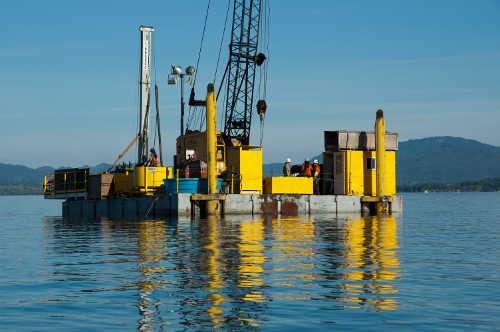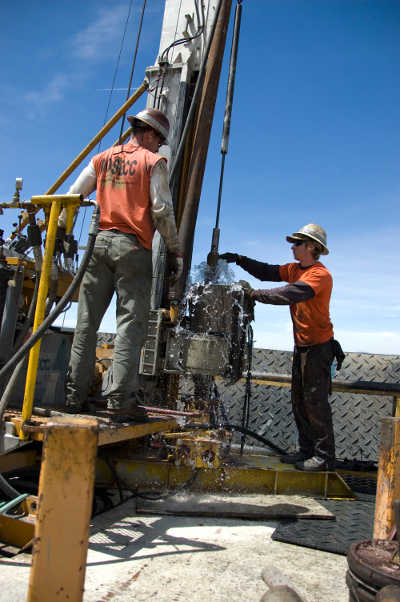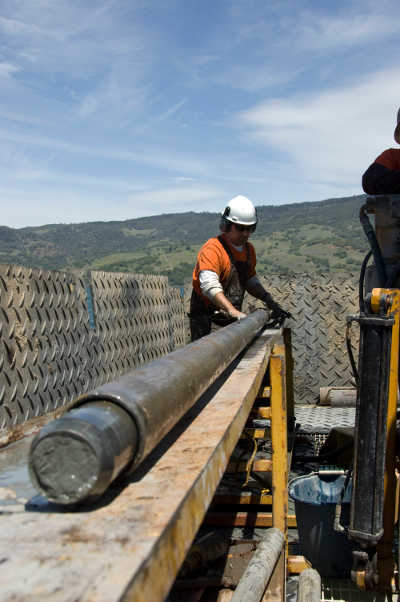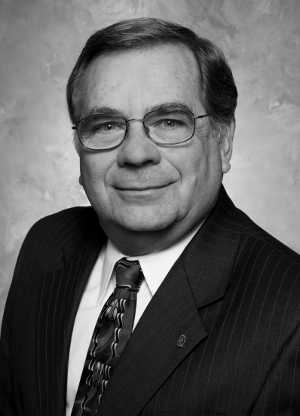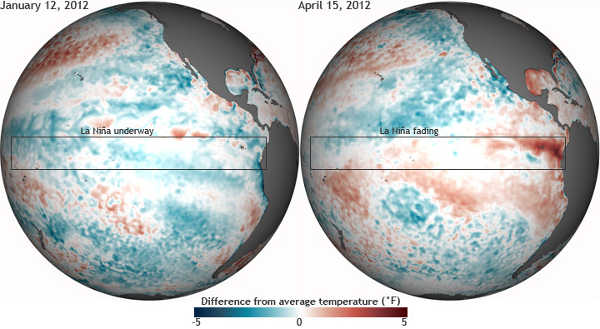- Lake County News reports
- Posted On
REGIONAL: Caltrans responds to misconceptions arising from Willits Bypass lawsuit
WILLITS, Calif. – On Friday Caltrans issued a statement regarding “misconceptions and misinformation” it said is being circulated about the Willits Bypass project, which is at the heart of a lawsuit filed earlier this week.
Caltrans said the $210 million dollar highway improvement project will relieve congestion, reduce delays and improve safety for traffic currently passing through Willits.
On Tuesday, the Center for Biological Diversity, Willits Environmental Center, Redwood Chapter of the Sierra Club and Environmental Protection Information Center filed a lawsuit in federal court against Caltrans, the Federal Highway Administration and U.S. Army Corps of Engineers, alleging that the National Environmental Policy Act and Clean Water Act were violated in approving the project, as Lake County News has reported.
The groups alleged that the four-lane freeway would hurt wetlands, salmon-bearing streams and endangered plants.
Caltrans said in a Friday statement that the federal lawsuit has not put the project on hold, and the agency plans to keep the project on schedule.
The bypass project is anticipated to go out to bid on May 14 and a mandatory pre-bid meeting will be held June 13 for all contractors who wish to submit bids or participate as subcontractors, Caltrans reported.
Current traffic counts in Willits show that a four-lane bypass will meet traffic needs, and that a two-lane bypass will not be sufficient, Caltrans reported.
Caltrans said it thoroughly investigated two-lane alternatives prior to selecting the four-lane bypass. The selection process involved rigorous involvement and analysis by traffic engineers and other traffic specialists with extensive experience in planning roadways and projecting traffic needs.
The data showed – and continues to show, even with current fluctuations in traffic counts – that a two-lane bypass would provide insufficient traffic service in terms of congestion and delays, which also affect traffic safety, Caltrans said. A four-lane bypass, in contrast, will relieve congestion and delays for decades to come
The 2006 environmental document has been revalidated and supplemented to keep it compliant with State and Federal environmental protection laws. Caltrans' 2006 Environmental Impact Report/Environmental Impact Statement (EIR/EIS) substantiates the need to provide a four-lane bypass around the city of Willits.
In order to ensure the viability of its conclusions as time has passed, and as several project and funding changes have occurred, Caltrans conducted several revalidations of its 2006 environmental analyses. On all but one occasion, Caltrans' analysis revealed that the 2006 EIR/EIS remained valid and did not require supplementation.
When a state-listed threatened plant species, North Coast semaphore grass, was discovered in the bypass area during field studies, Caltrans prepared and circulated a supplemental EIR in 2010 to assess potential impacts and protective measures for the plant. Caltrans firmly stands behind our 2006 environmental documents, our revalidations, and Supplemental EIR as fully compliant with state and federal environmental protection laws.
Caltrans works with local transit authorities when developing highway projects. The agency said it examines public transit options when considering alternatives to freeway projects. Although Caltrans facilitates public transportation systems by administering public funds to local transit authorities, the actual building of transit facilities is not within its legal limitations.
The majority of local and regional community members do not support the continued reliance on existing roadways where congestion results in daily delays, according to Caltrans.
The project's mitigation measures will increase the overall quality of fisheries habitat in the area, the agency said. These headwaters of the Eel River will not only be preserved by a detailed plan to minimize impacts during construction; the mitigation being funded due to this project will greatly increase the overall quality of fisheries habitat in this area.
Culverts on Haehl and Upp Creeks are being removed and two culverts on Ryan Creek will be replaced with natural bottom culverts. Removal of the culverts at Haehl and Upp Creeks will open the headwater sections of those creeks to spawning fish, Caltrans said.
Installing natural bottom culverts on Ryan Creek will allow summering juvenile Southern Oregon-Northern California Coasts Coho salmon, a species designated as threatened, to seek summer rearing habitat and greatly increase the species long-term survival outlook, according to Caltrans.
Along all creeks within the mitigation properties, invasive non-native plants will be removed and replaced with native plants. Caltrans said fencing also will be installed along all of the creeks within the mitigation properties keep cattle out of the creeks and riparian zones increasing water quality and fisheries habitat.
Agencies which reviewed and approved the project mitigation measures are California Department of Fish and Game, National Marine Fisheries Service, North Coast Regional Water Quality Control Board, U. S. Environmental Protection Agency. U. S Army Corps of Engineers and the U. S. Fish and Wildlife Service.

 How to resolve AdBlock issue?
How to resolve AdBlock issue? 